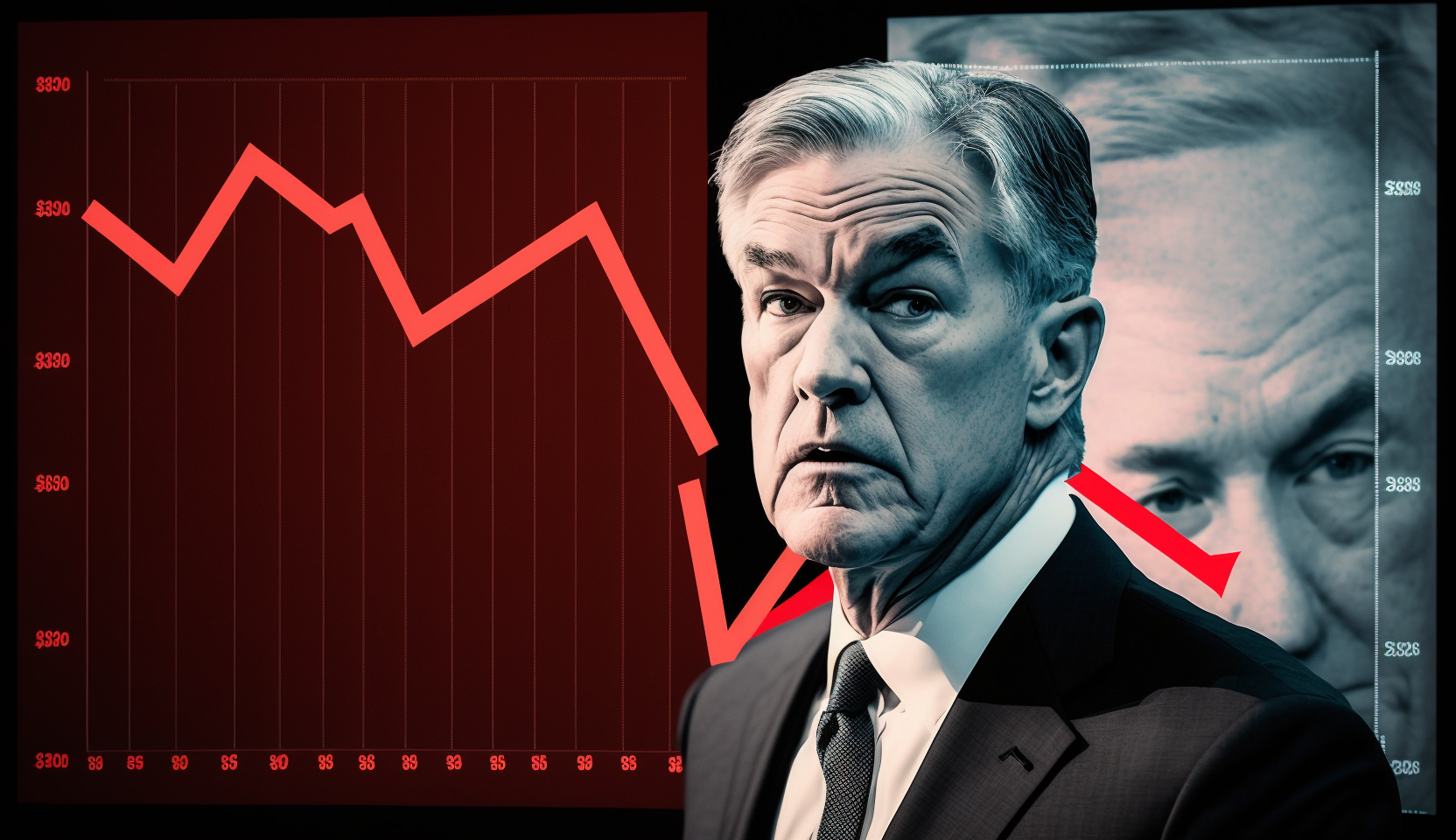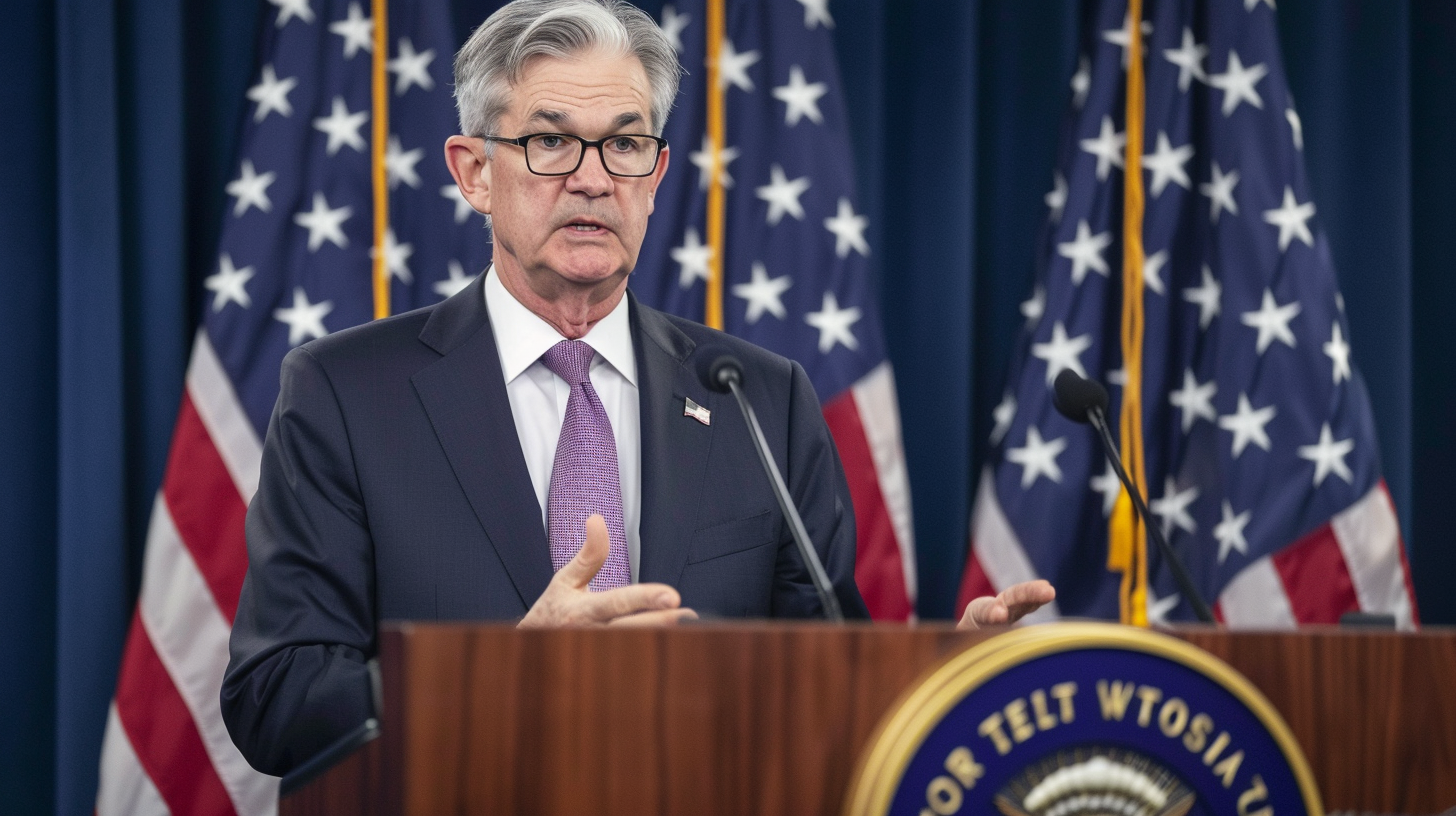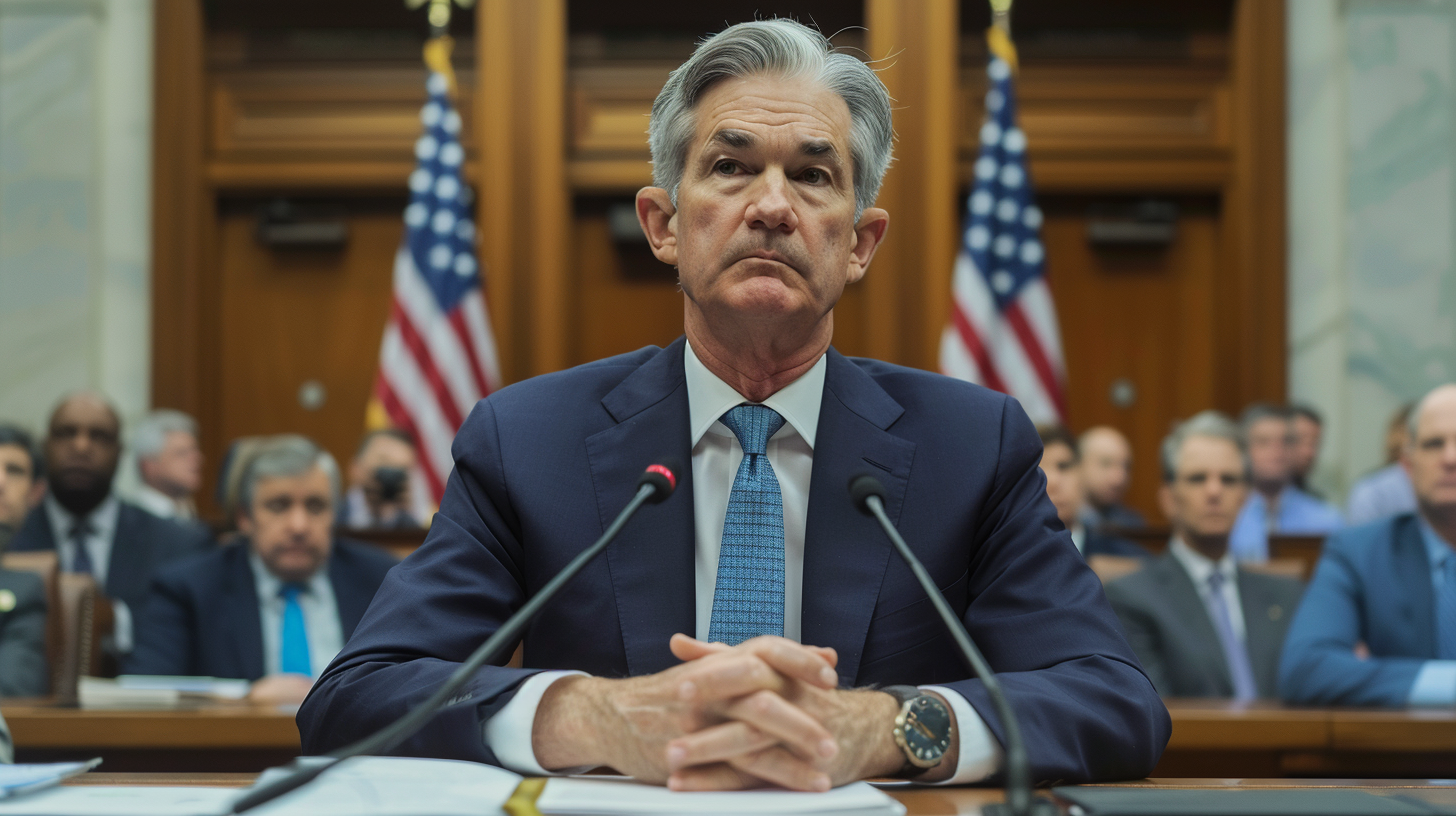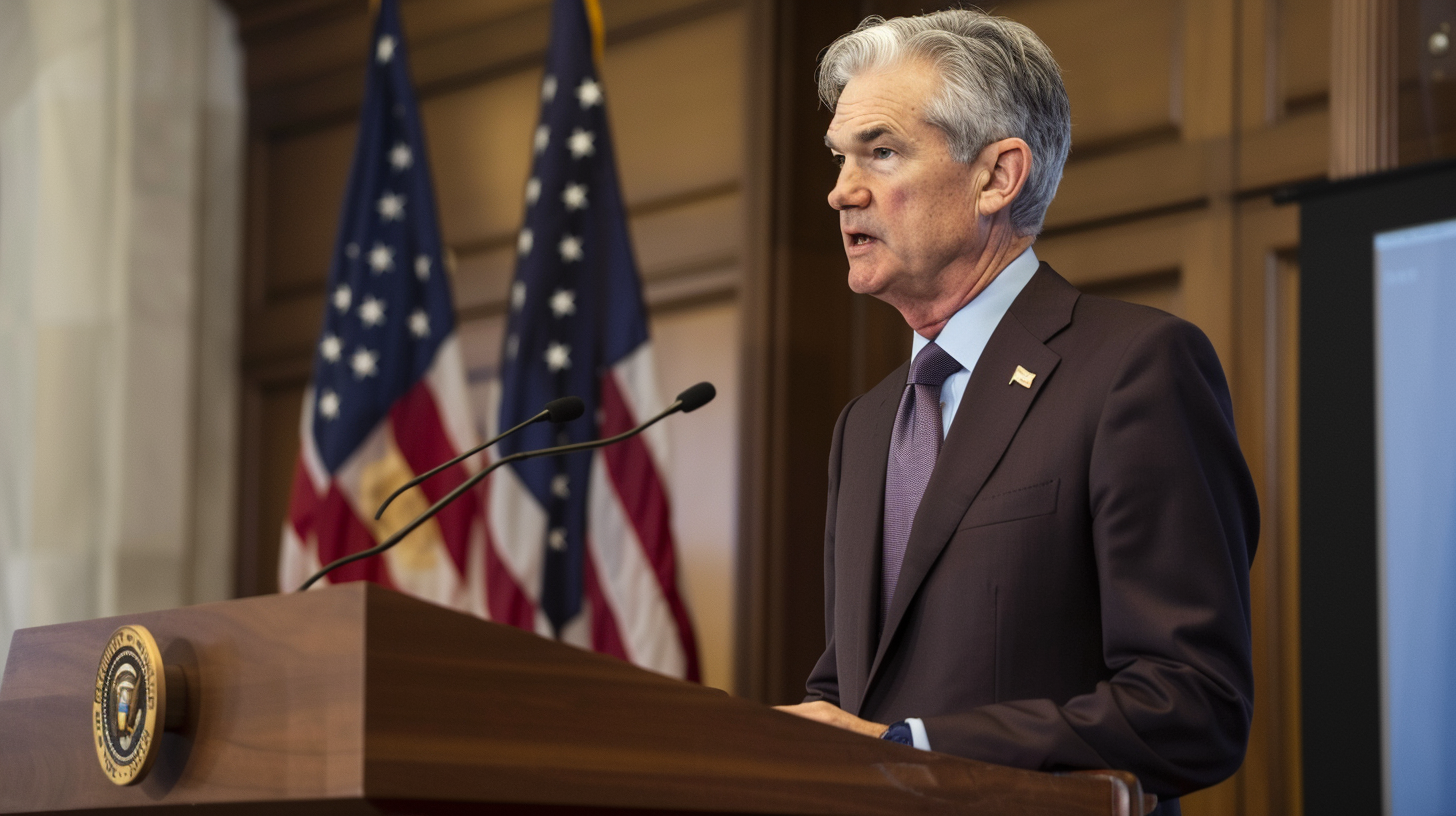Mortgage rates moved higher this week, even as the Federal Reserve cut its benchmark interest rate — a surprise reaction that’s creating new headwinds for homebuyers and potential ripple effects for small-cap housing and construction stocks.
The average rate on the 30-year fixed mortgage climbed to 6.33% on Thursday, up 20 basis points since Fed Chair Jerome Powell’s rate cut announcement, according to data from Mortgage News Daily. That reversal underscores how market sentiment, rather than Fed policy alone, often drives real borrowing costs.
Markets had largely priced in the rate cut, but Powell’s cautious tone during his press conference tempered expectations for additional easing this year. Investors had been nearly certain of another cut in December, but Powell’s remarks suggested the central bank isn’t fully committed, pushing bond yields — and mortgage rates — back up.
Just two days ago, the average 30-year rate sat near 6.13%, its lowest level in a year. Now, at 6.33%, borrowing costs are again pinching affordability for buyers already facing limited housing supply and elevated home prices.
While the short-lived drop in rates earlier this month sparked a 111% surge in refinance applications year over year, according to the Mortgage Bankers Association, the latest uptick is likely to cool that momentum. Purchase applications have shown little improvement, signaling that demand from homebuyers remains muted despite a softer Fed stance.
Higher mortgage rates can directly pressure smaller publicly traded companies tied to the housing and construction sectors — including homebuilders, materials suppliers, and mortgage lenders. Many small-cap names in these areas have benefited from expectations of sustained lower borrowing costs. If rates stabilize above 6%, those gains could unwind as affordability weakens and transaction volumes slow.
At the same time, investors may see opportunities among regional construction, renovation, and home-improvement firms positioned to serve homeowners who choose to remodel rather than buy new properties in a high-rate environment. Companies in HVAC, roofing, and modular housing technology may be better insulated from the mortgage shock.
Ultimately, the latest rate spike highlights how rate volatility continues to define the post-pandemic housing recovery — and why small-cap investors need to stay alert to shifts in Fed communication as much as Fed policy itself.
If Powell’s cautious tone continues to dampen optimism about future cuts, mortgage rates may remain stubbornly high into year-end, keeping the housing market — and related small caps — in a holding pattern.












